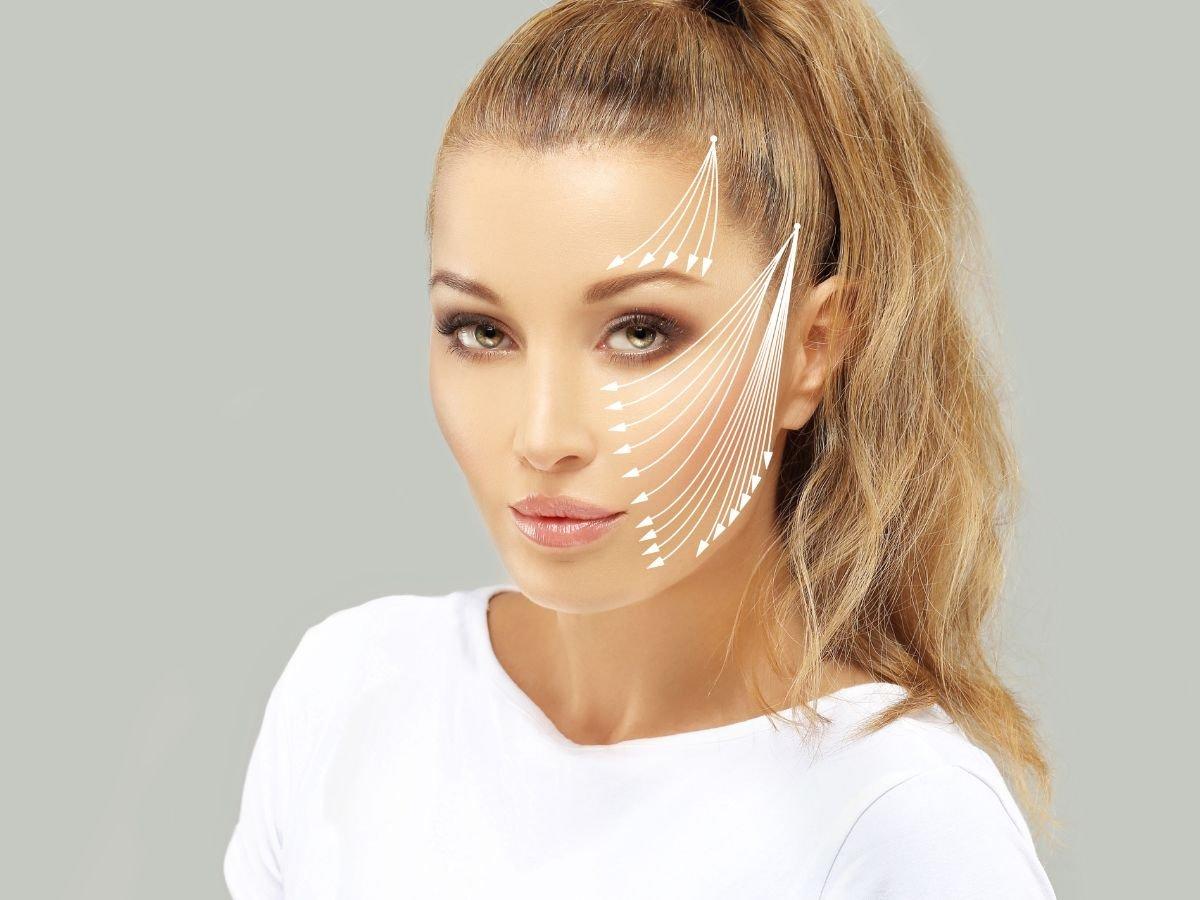The Science Behind Collagen Stimulation and Skin Firmness

The pursuit of youthful, firm skin has fascinated people for centuries, inspiring beauty rituals, home remedies, and cutting-edge medical advancements. Today, scientific research into skin structure and cellular function has unveiled a clear understanding of why skin loses its firmness over time — and how we can restore it through collagen stimulation. Collagen, the primary structural protein in the skin, plays a critical role in maintaining smoothness, elasticity, and resilience. Unfortunately, as we age, our bodies produce less collagen, and the existing fibers begin to break down, leading to sagging, wrinkles, and texture changes.
In this article, we will explore how collagen works, why its decline happens, the latest science-backed techniques to stimulate its production, and how these innovations are revolutionizing non-surgical skin treatments.
Understanding Collagen: The Skin’s Framework
To truly appreciate the science of collagen stimulation, it’s important to first understand what collagen is and where it lives within our skin. Collagen is a fibrous protein found abundantly in connective tissues such as skin, tendons, cartilage, and bones. In the skin, it resides mainly in the dermis — the thick middle layer beneath the epidermis.
Imagine collagen fibers as a supportive mesh network. They act like a scaffolding system, holding the skin in place and keeping it plump. Along with elastin (responsible for skin’s bounce) and hyaluronic acid (responsible for hydration), collagen ensures that skin remains tight and youthful.
Why Collagen Declines Over Time
Aging isn’t the only culprit behind collagen loss. While natural aging reduces collagen production by about 1–1.5% per year after the age of 25, other factors can accelerate the decline:
-
Sun Exposure (Photoaging): Ultraviolet (UV) radiation breaks down collagen fibers and impairs fibroblasts, the cells that produce collagen.
-
Lifestyle Factors: Smoking, poor nutrition, excessive alcohol, and lack of sleep weaken collagen synthesis.
-
Hormonal Changes: Menopause and other hormonal shifts can lead to faster collagen breakdown.
-
Chronic Inflammation: Skin conditions or systemic inflammation can disrupt collagen’s structural integrity.
Over time, collagen depletion results in fine lines, deeper wrinkles, drooping skin, and an overall loss of facial definition.
The Science of Collagen Stimulation
The good news is that modern science has found ways to “wake up” fibroblasts and encourage them to produce new collagen. This process is called collagen stimulation or collagen induction. It can be achieved through various methods — from topical treatments to advanced clinical procedures.
Collagen stimulation typically works in two main ways:
-
Triggering Controlled Micro-Injury: Treatments like microneedling, fractional lasers, and radiofrequency intentionally create micro-damage in the skin. The body responds by repairing the tissue, producing new collagen in the process.
-
Providing a Scaffold for Growth: Some treatments use biocompatible materials as a framework for collagen to rebuild around, such as in dermal fillers or thread lifts.
Top Collagen-Stimulating Treatments
Here’s a closer look at some of the most effective and scientifically backed ways to boost collagen:
1. Microneedling
Microneedling involves creating tiny punctures in the skin using fine needles. These micro-injuries trigger the skin’s wound-healing process, stimulating fibroblasts to produce fresh collagen and elastin. Over time, the skin becomes smoother, firmer, and more even-toned.
2. Radiofrequency (RF) Therapy
RF devices deliver heat energy deep into the dermis without damaging the outer layer. The thermal effect tightens existing collagen fibers and encourages the growth of new ones. RF can be used alone or in combination with microneedling for enhanced results.
3. Laser Resurfacing
Fractional CO₂ and erbium lasers create controlled columns of thermal injury that stimulate collagen production while also improving skin texture and tone. Laser treatments are particularly effective for fine lines and acne scars.
4. Biostimulatory Fillers
Products containing poly-L-lactic acid (PLLA) or calcium hydroxylapatite (CaHA) act not just as fillers but also as collagen stimulators. They encourage the body to produce new collagen over several months, leading to gradual, natural-looking improvements.
5. Thread Lifts
Thread lifting uses dissolvable sutures placed under the skin to physically lift sagging tissue. These threads also act as a collagen stimulation scaffold, triggering the body’s healing response. For example, pdo threads in Miami Florida have become a sought-after option for individuals seeking non-surgical facial rejuvenation with both immediate and long-term collagen-boosting effects.
The Role of Nutrition in Collagen Production
While clinical treatments are powerful, collagen production also depends on the body’s raw materials. Certain nutrients play an essential role in collagen synthesis:
-
Vitamin C: Necessary for the enzymes that link collagen fibers together.
-
Protein: Collagen is made from amino acids found in protein-rich foods like chicken, fish, eggs, and legumes.
-
Zinc and Copper: Important cofactors for collagen formation.
-
Antioxidants: Help protect collagen from damage caused by free radicals.
A nutrient-rich diet combined with professional treatments offers the best results for skin firmness.
Collagen Stimulation vs. Collagen Replacement
It’s important to distinguish between stimulating collagen production and simply replacing lost volume. Collagen replacement treatments, such as certain dermal fillers, temporarily add fullness but don’t necessarily encourage the body to create new collagen. Collagen stimulation, on the other hand, addresses the root cause of sagging and helps rebuild the skin’s structural foundation for longer-lasting results.
How Long Do Results Last?
The longevity of collagen stimulation results varies depending on the method used, individual skin health, and lifestyle habits. For example:
-
Microneedling may require 3–6 sessions before full results appear, with maintenance every 6–12 months.
-
RF and laser treatments often deliver improvements that last 1–2 years.
-
Thread lifts can provide results for 12–18 months, after which the threads dissolve but the collagen they stimulated can extend the benefits.
While no treatment can stop aging, collagen stimulation slows the process and helps maintain firmness for much longer than topical creams alone.
Combining Treatments for Maximum Effect
Many dermatologists and aesthetic practitioners now recommend a combination approach. For example, pairing RF microneedling with a thread lift can deliver both immediate lift and long-term collagen stimulation. Similarly, using biostimulatory fillers alongside laser resurfacing can address multiple signs of aging in one treatment plan.
Combination therapies are customized based on a patient’s age, skin condition, and desired results, ensuring a more holistic and natural-looking outcome.
The Future of Collagen Science
Research into collagen stimulation is rapidly evolving. Scientists are exploring advanced peptides, stem-cell-derived growth factors, and nanotechnology to enhance collagen production even further. Non-invasive ultrasound devices and bioengineered scaffolds are also being studied for their ability to deliver precise stimulation without downtime.
We may soon see personalized collagen therapies tailored to an individual’s genetic profile, lifestyle, and skin type — making treatments more effective and predictable than ever before.
Final Thoughts
Collagen stimulation is more than just a beauty trend; it is a scientifically grounded approach to maintaining youthful, firm skin. Understanding how collagen works and how it can be stimulated empowers individuals to make informed decisions about their skin health. Whether through advanced clinical treatments, supportive nutrition, or a combination of both, boosting collagen production addresses the root cause of skin laxity rather than masking the symptoms.
As technology continues to advance, non-surgical options for skin tightening and rejuvenation will only become more effective, accessible, and natural-looking — helping people maintain their confidence and radiance at any age.






